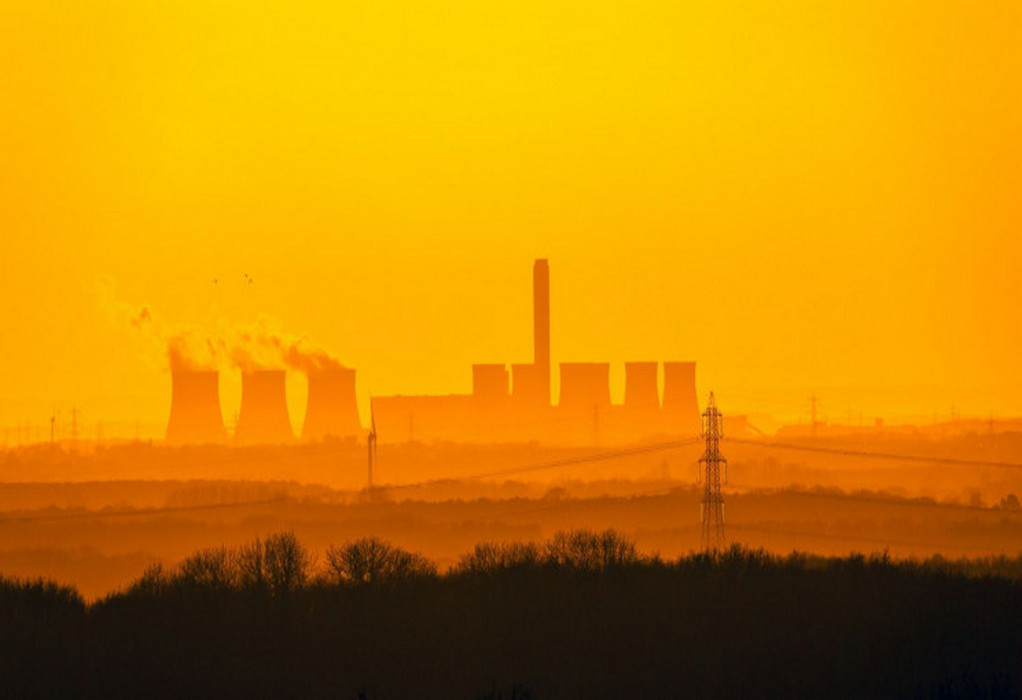To achieve global net zero goals by 2050, the world has to urgently fast track capturing 7 billion tonnes of carbon dioxide per year, according to Wood Mackenzie research.
According to their analysis, the current pace of carbon removal is on course to reach only 2 billion tonnes of CO2 by 2050 (base case scenario). This carbon capture capacity aligns with the 2.5°C global warming scenario.
Achieving the critical 1.5°C warming threshold requires 7 billion tonnes of carbon capture and removal by midcentury.
Wood Mackenzie is currently monitoring planned global CCUS capacity at 1,400 million tonnes of CO2 per annum. This includes all kinds of projects: carbon capture, transportation, and storage, with the U.S. leading the way with 33%.
The United Nations’ IPCC and other renowned organizations believe that CCUS has a big role in avoiding carbon emissions that warm the atmosphere. The panel argues that capturing carbon and locking it away for good is key to achieving the Paris Agreement targets.
CCUS is one of the carbon removal technologies that’s getting the most attention from private and public investors in previous years.
To date, the U.S. Department of Energy has been investing billions of dollars in carbon capture projects. The agency is supporting both early-stage (R&D) and commercial carbon capture initiatives.
Additionally, with the new rules proposed by the Environmental Protection Agency, which regulate emissions from coal and new gas-fired facilities, CCUS technologies became an attractive solution for hard-to-decarbonize sectors.
Other governments are also keeping pace with the US Canada, the UK, and the EU have also committed large sums of money to advance these climate technologies.
But the global research and consultancy firm highlighted some key challenges that hinder the industry to grow more and expand. These include nascent policy and regulations, unfit business models, and most particularly, high costs.
Costs remain the biggest concern for businesses in the sector. Despite the 45Q tax credit, companies still have to wait for prices to go down to scale up their projects.
Furthermore, most technologies available today for carbon capture, transport and storage are still evolving. They have yet to demonstrate that they can deliver as promised. Majority are startups, needing large capital investments to develop and scale their carbon capture and removal technologies.
Some scientists and industry leaders even question the technology’s feasibility and efficacy. They claim that it detracts from the more urgent call to transition to renewables and other cleaner energy alternatives.
Tags: Carbon Capture, CCUS, NetZero



Recent Posts
Hyundai Glovis to Retrofit Seven PCTCs with Avikus AI Navigation System
Super Terminais orders three more Konecranes Gottwald ESP.10 Mobile Harbor cranes
Covestro and HGK Shipping Extend Partnership to 2040 with Focus on Wind-Assisted Vessel Retrofit
Artemis Technologies Successfully Demonstrates 100 Percent Electric Crew Transfer Vessel at Aberdeen Offshore Wind Farm
IACS Council Advances Decarbonisation, Digitalisation and Governance Priorities at C91 Meeting in Beijing
Japan Launches Major R&D Project to Advance Shipbuilding with Alternative Fuels
EU Adopts Emissions Standards for Low Carbon Hydrogen to Bolster Clean Energy Market
Trafigura to Implement ZeroNorth’s AI Platform Across Global Fleet